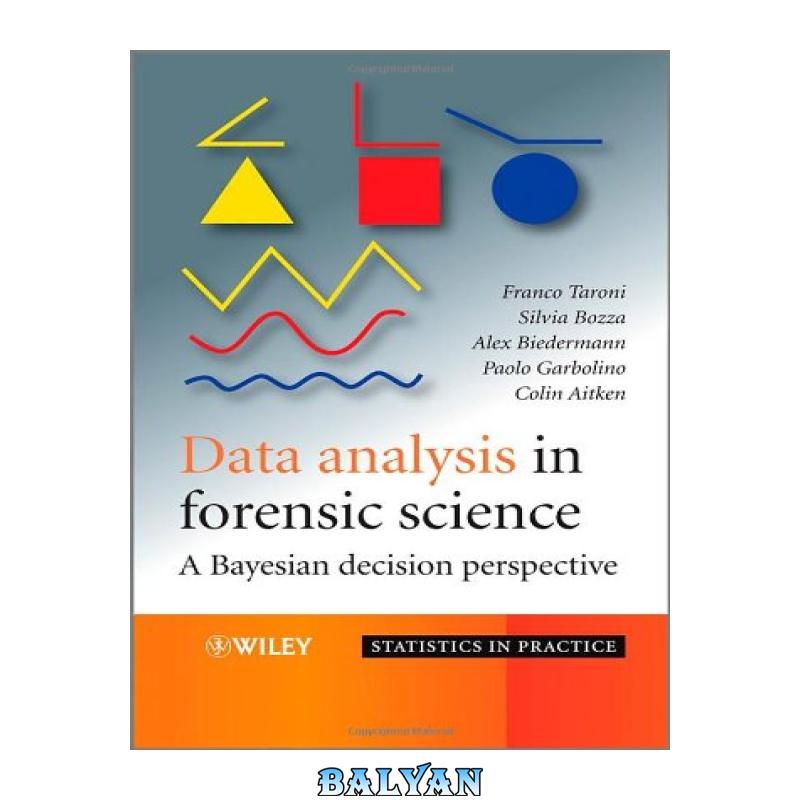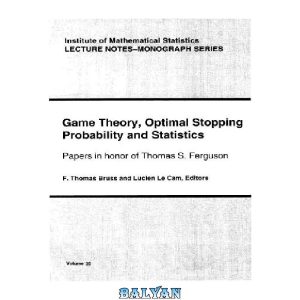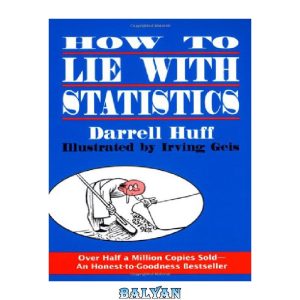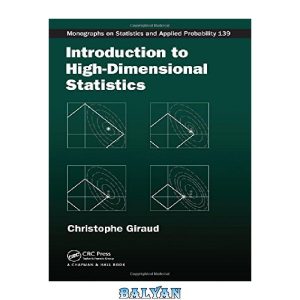ترجمه فارسی توضیحات (ترجمه ماشینی)
تجزیه و تحلیل داده ها در علم پزشکی قانونی: دیدگاه تصمیم گیری بیزی (آمار در عمل)
این اولین متنی است که استفاده از روش های آماری در علم پزشکی قانونی و آمار بیزی را به صورت ترکیبی بررسی می کند.
کتاب به دو بخش تقسیم میشود: بخش اول بر فلسفههای استنتاج آماری متمرکز است. فصل اول به بررسی تفاوتهای بین دیدگاههای مکرر، احتمال و دیدگاههای بیزی میپردازد، قبل از اینکه فصل دوم دیدگاه نظری-تصمیمگیری بیزی را بیشتر مورد بررسی قرار دهد و به مزایای آن نگاه کند.
قسمت دوم سپس خواننده را با جنبههای عملی مرتبط آشنا میکند: کاربرد، تفسیر، خلاصه و ارائه تجزیه و تحلیل دادهها همگی از دیدگاه نظری تصمیم بیزی مورد بررسی قرار میگیرند. طیف گسترده ای از روش های آماری، ضروری در تجزیه و تحلیل داده های علمی پزشکی قانونی بررسی شده است. اینها شامل مقایسه نسبتهای آلل در جمعیتها، مقایسه میانگینها، انتخاب اندازه نمونهگیری، و تمایز موارد شواهد با منشأ ناشناخته در جمعیتهای از پیش تعریفشده است.
در سراسر این ارزیابی عملی، نمونههای متنوعی وجود دارد که از کارهای معمول دانشمندان پزشکی قانونی گرفته شده است. این برنامه ها در زبان محبوب تر R نشان داده شده اند. خواننده از طریق این مثال های کاربردی در یک رویکرد گام به گام برداشت می شود و روش ها را در هر مرحله مورد بحث قرار می دهد.
This is the first text to examine the use of statistical methods in forensic science and bayesian statistics in combination.
The book is split into two parts: Part One concentrates on the philosophies of statistical inference. Chapter One examines the differences between the frequentist, the likelihood and the Bayesian perspectives, before Chapter Two explores the Bayesian decision-theoretic perspective further, and looks at the benefits it carries.
Part Two then introduces the reader to the practical aspects involved: the application, interpretation, summary and presentation of data analyses are all examined from a Bayesian decision-theoretic perspective. A wide range of statistical methods, essential in the analysis of forensic scientific data is explored. These include the comparison of allele proportions in populations, the comparison of means, the choice of sampling size, and the discrimination of items of evidence of unknown origin into predefined populations.
Throughout this practical appraisal there are a wide variety of examples taken from the routine work of forensic scientists. These applications are demonstrated in the ever-more popular R language. The reader is taken through these applied examples in a step-by-step approach, discussing the methods at each stage.












نقد و بررسیها
هنوز بررسیای ثبت نشده است.